They are known as Thailand's "hill tribes" or "chao khao" which literally translate to mountain people. Most of them are originally from parts of Tibet, Myanmar (Burma), Laos and China, and today make up less than two percent of Thailand's total population. Most still live in small villages in scattered in the northern and western parts of Thailand, a good number of them are technically "outsiders" - have refused to assimilate or refused Thai citizenship, or have been refused citizenship.
While they are a small group, there has been a huge interest on them, particularly from tourists who would trek to their villages to get a glimpse of their culture and traditional ways of living. Traditionally they are subsistence farmers and hunters, and its not a secret that some of the tribes used to plant opium in the hinterlands. But with authorities discouraging such practices (like opium and slash-and-burn agriculture) and a slew of other issues (like resettlement, no land rights) many of them are turning to tourism for work such as offering homestay in their villages or working in "exhibition villages" like Baan Tong Luang in Chiang Mai.
Exhibition Village
Ideally I would have liked to trek to one of the villages and probably stay a day or two. My interest was piqued by their similarities with my country's lumads (indigenous people of southern Philippines, like the T'bolis) as well as with the mountain tribes of the north. Their weaving methods, patterns, and other artworks are strikingly similar.
But time was something we did not have a lot of in this trip, so we settled for an exhibition village. Each of the tribes have their own spot, and you can leisurely walk from one 'mini-village' to another.
Human zoo?
Kayan areaSome western tourists are quick to label this as a human zoo. That's probably the case for snotty ones who just breezed through to get pictures and did not make an effort to make a real connection.
sharing photos of indigenous tribes in the Philippines
If you get past the souvenirs and the trinkets there, and strike a conversation, you'll have a more meaningful experience. Some struggled with English (they learned from the missionaries there) but there is nothing pictures couldn't bridge if words are not sufficient.
Here are some of the tribes in Baan Tong Luan:
Kayan/Padaung tribe
daughter and momThe largest group I noticed there is the Kayan tribe. Originally from Burma, the ladies of the Kayan tribe are famous for wearing these heavy brass neck rings, which they start wearing at around the age of 5.
Some of the ladies we spoke to said they have been here in Thailand for more than 10 years already. They are on work permits and have no plans to go back to Burma. Life is better here, they said.
all in day's work
Although the practice of wearing the neck rings have diminished [an old tradition that does not sit well with the modern world - some would say], there are still some older women and younger girls in remote villages who continue to wear these rings.
Younger generation have dropped the tradition in order to get more opportunities for work and education [one girl we spoke to said they can't go to school if they have the neck rings], but others have kept them on in pursuit of the tourist dollar here in Thailand.
Kayan weaver
These rings by the way, are heavy! I tried lifting a sample and its at least 5-6 kilos heavy. What it does is it pushes the collar bone done, producing an appearance of an elongated neck.
Karen tribe
The Karen tribe is the largest of the hill tribes in Thailand in terms of population. They are also from Burma but had been settling in Thailand since the 18th century. Karen ladies typically wear cloth around their head (like a turban) and its usually white or something of light color.
Kayaw tribe
The Kayaw is a sub-group of the Karen tribe. I find their colorful clothes and bead-work strikingly similar to that of the tribes in southern Philippines. The women wear large silver earnings, as well as brass rings around their knee and ankles. When I asked what rings are for apart from making them more beautiful, the answer was : "it makes us stronger".
Lahu tribe
The Lahu tribe is primarily concentrated in Chiang Mai and Chiang Rai area. Although some of them are converts to Christianity, they are primarily animists.
There are several Lahu sub-groups, each with their own dialect. But among the Lahu tribes, wearing of black jackets and red head wrap, with the women wearing large earrings like the Kayaw tribe.
Lahu is known for their excellent baskets and other items made of bamboo and rattan. They are warriors and skilled hunters as well. A quick test of their small crossbow confirmed just that. You can shoot a small target like squirrel, snakes, and birds, or in our case a small papaya, with deadly accuracy from a few meters away.
Akha tribe
The Akha tribe is originally from China, particularly the Tibetan borderlands and the Yunnan province. They settled in Burma during the 1800s and migrated to Thailand during the conflict years of the early 20th century. [You can read more about them here]
Among the hill tribes, Akha has the most ornate head-wear that I have seen.
Palong tribe
The Palong people are recent migrants, crossing from Burma into nothern Thailand since about 20 years ago only. The women's striking costume usually compose of red sarongs and blue jackets with wide read collars.
Their main livelihood is agriculture: from growing tanatep [a large leaf used to wrap Burmese cigars] and tea, and hemp, and everything in between.
Hmong
Hmong is the second largest hill tribe in Thailand. Most of them fled from Laos during the 1950s. While its not clear where the tribe originated, some speculate it is probably Tibet or southern China. There are several Hmong groups which can be identified by their dialects and traditional clothes. The Blue Hmong wear indigo pleated skirts, and the White Hmong wear white hemp skirts and black turbans.
batik on hemp cloth

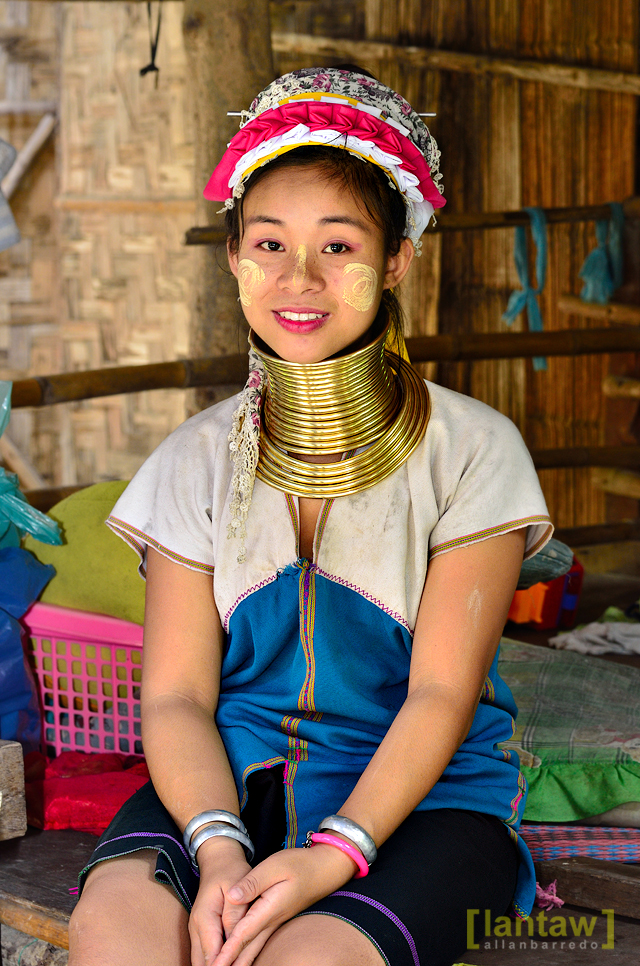
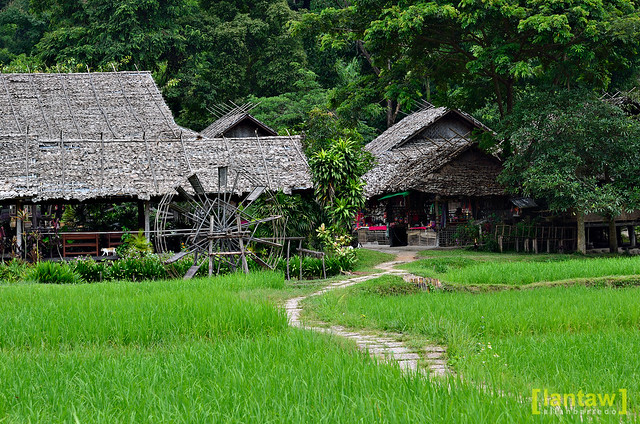


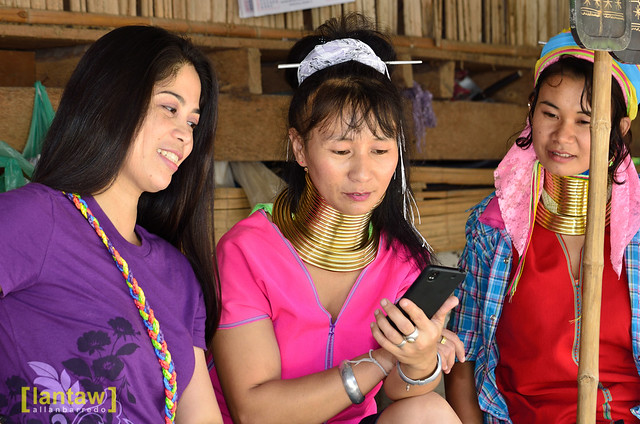
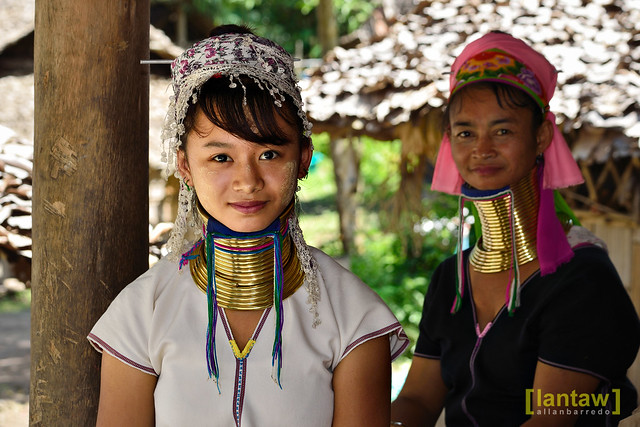





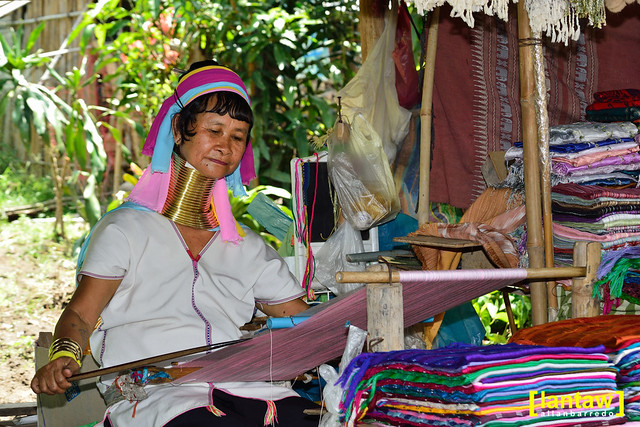
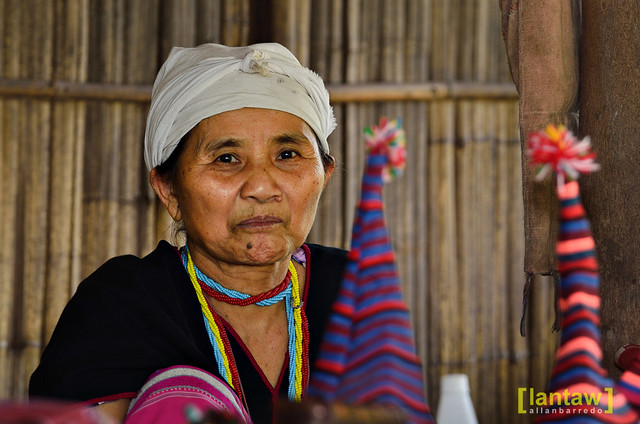
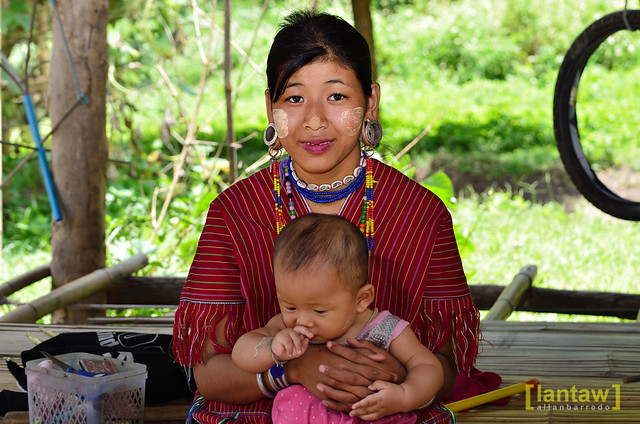
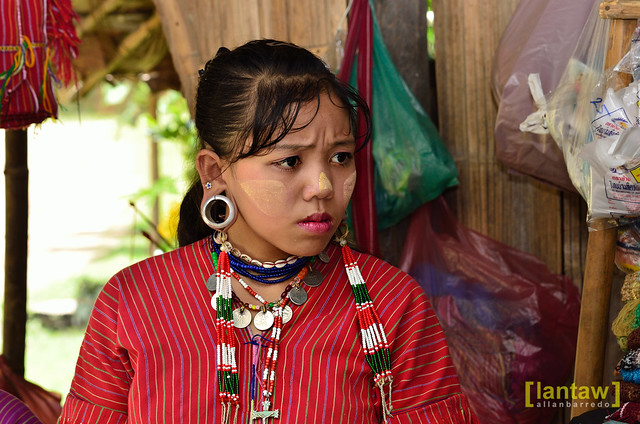
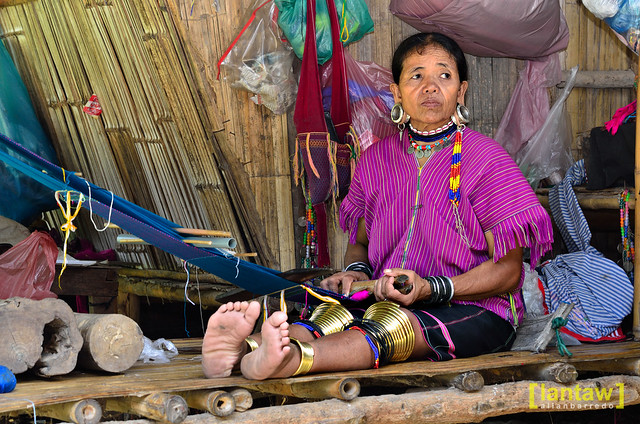
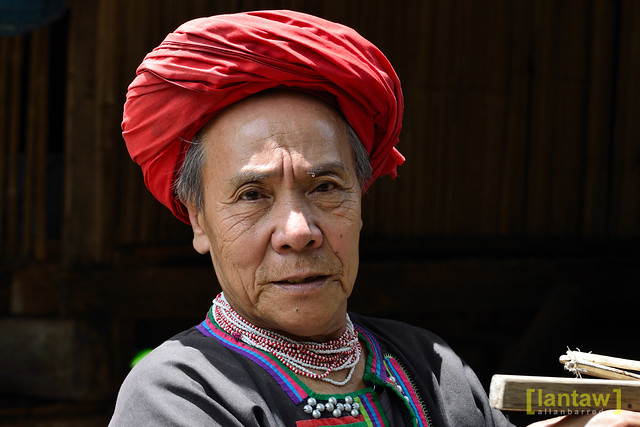
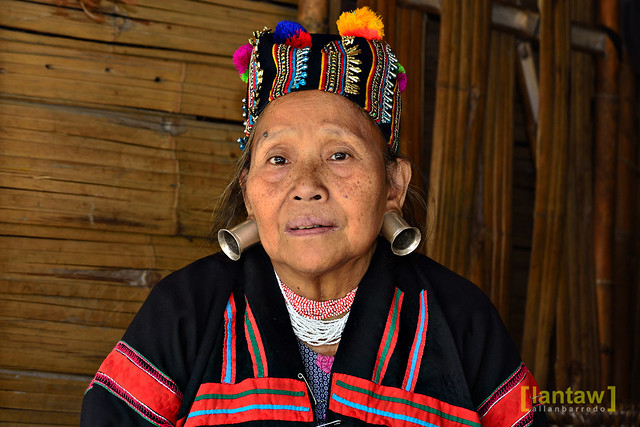
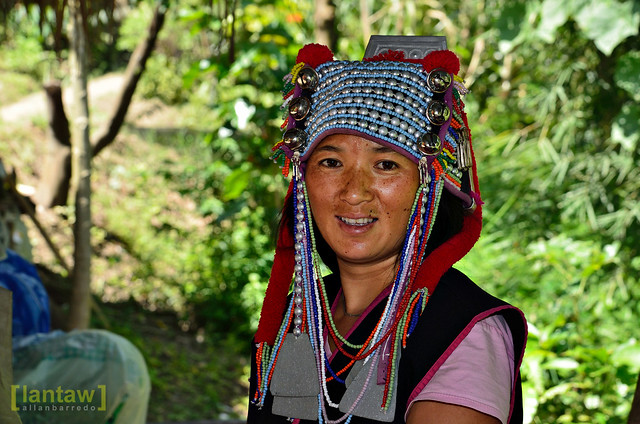
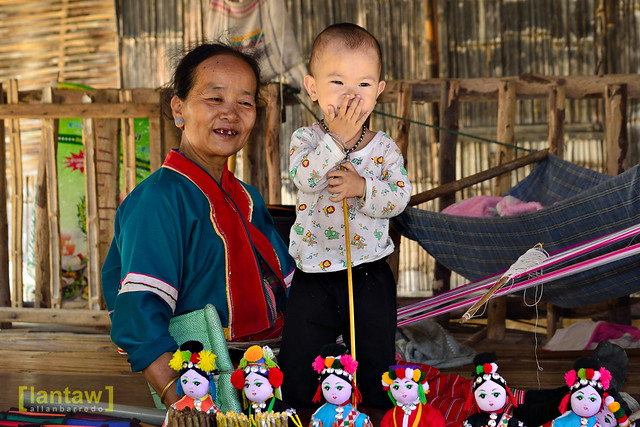

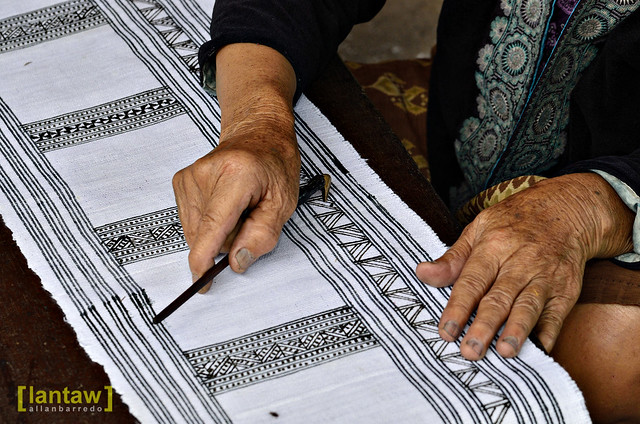
No comments:
Post a Comment